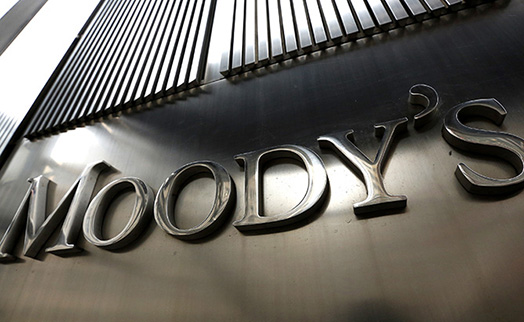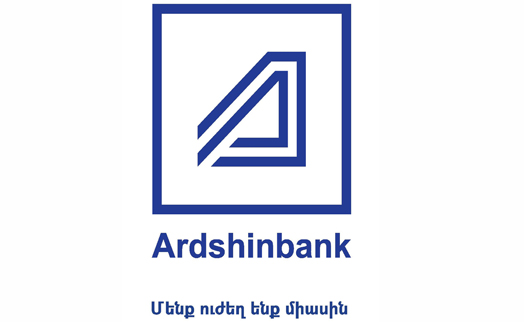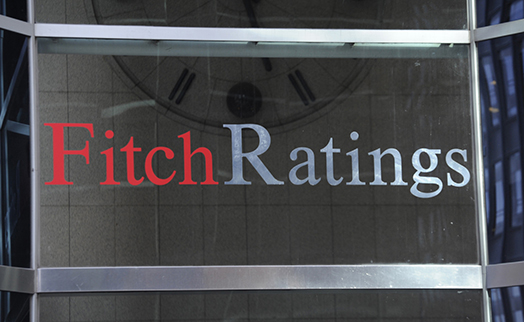12.03.2018 18:40

YEREVAN, March 12. /ARKA/. Moody's Investors Service ("Moody's") has changed the outlook on Armenia's rating to positive from stable and affirmed the B1 long-term issuer and senior unsecured debt ratings.
According to a Moody’s press release, the positive outlook is underpinned by macroeconomic policies that should reduce Armenia's vulnerability to external shocks. Moreover, ongoing reforms of the fiscal framework may shore up fiscal strength over time.
It says Armenia's B1 rating balances credit strengths from robust growth potential and improving institutional strength against credit challenges stemming from a small and low income economy that remains exposed to external developments, a moderately high debt burden that relies on external funding, and latent geopolitical tensions with neighboring Azerbaijan.
Moody's has also raised Armenia's long-term local-currency bond and deposit ceilings to Baa3 from Ba2. Armenia's long-term and short-term foreign currency bond and deposit ceilings remain unchanged at Ba2/"Not Prime" and B2/"Not Prime", respectively.
Armenia's fiscal metrics remain exposed to external shocks that weaken the currency and affect GDP growth. Indeed, general government debt increased markedly to 58.6% of GDP in 2017 from 40.8% in 2013. However, a continuation of monetary and prudential policies effective at mitigating the extent of the currency depreciation would limit that exposure.
Moreover, the full implementation in July 2018 of mandatory pension contributions will help raise domestic savings and reduce further the savings-investment gap, the source of Armenia's external vulnerability. The pension reform requires mandatory contributions for employees born after 1 January 1974, which make up an estimated 60% of Armenia's workforce. Moody's expects that the formalization of savings worth 10% of wage incomes -- 5% by the employee with the state topping up another 5% -- would, over time, reduce Armenia's reliance on external funding and create a sizeable domestic institutional investor base for long-term dram assets.
Moody’s says also that a further key component is the introduction of a new and modernized fiscal rule effective 2018, which, if adhered to, will keep current expenditures in check should debt levels exceed pre-specified thresholds of 50% and 60% of GDP, while allowing the government to implement counter-cyclical policies through capital spending. Specifically, if government debt exceeds 50% of GDP, growth in current expenditures would be capped at the rate of nominal GDP growth over the past several years; if government debt exceeds 60% of GDP, current expenditures cannot exceed tax revenues.
The new rule also requires a debt reduction plan when debt levels exceed 50% of GDP, although the authorities will only flesh this out in the next update of the medium-term expenditure framework in July 2018.
According to Armenia’s National Statistical Service, the aggregate state debt at the end of 2017 stood at $6.774.6 billion, having increased by 14% or $832.5 million from the year earlier. -0-
Read the news first and discuss them in our Telegram
Tags:





























